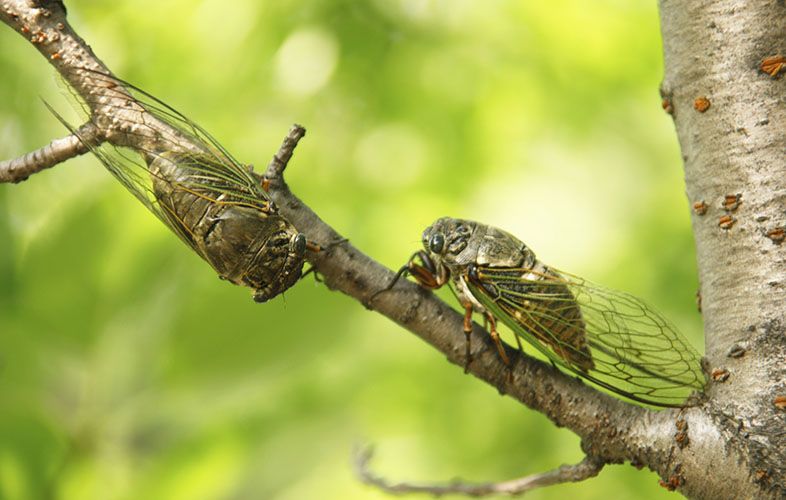You know what they say: A dog is man’s best friend. While admittedly a bit cliche, we’d have to agree — dogs bring a whole lot of love into a household. However, if your pet spends a lot of time outside, there are other, less-desirable things they can bring into your house, including disease-carrying fleas and ticks. Regular preventative flea and tick treatments can help keep your dog safe from biting insects, of course. But ultimately, the best way to keep unwanted pests from migrating from your lawn to your home is to make your lawn inhospitable to them in the first place. TruGreen® Flea, Tick & Outdoor Nuisance Pest Control service is designed to do just that. Ahead, learn more about our flea and tick treatment for your yard and discover how to create a dog-friendly backyard that everyone can enjoy.



 Branch Finder
Branch Finder













 Back to all blogs
Back to all blogs
Facebook
X
Youtube
Copy Link
Email